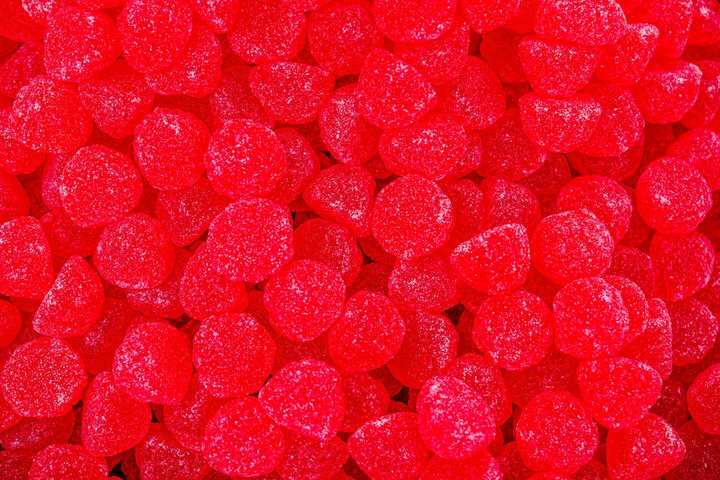The FDA revoked the authorization for the coloring's use in food products, oral drugs, and dietary supplements, the agency said in a news release on Wednesday, Jan. 15.
Manufacturers have until Friday, Jan. 15, 2027, to remove Red Dye 3 from food products and Tuesday, Jan. 18, 2028, for drugs. Products made before these deadlines may still appear on shelves if they were manufactured before the ban's effective date.
The move came after a decades-long debate and a petition filed by many entities, including the Center for Science in the Public Interest (CSPI) in 2022. The consumer advocacy group cited the Delaney Clause of the Federal Food, Drug, and Cosmetic Act, prohibiting additives shown to cause cancer in humans or animals.
Studies conducted in the 1980s linked high doses of Red No. 3 to thyroid cancer in male rats. Although the cancer mechanism in rats doesn’t occur in humans, federal law requires the FDA to act on evidence of carcinogenic effects in any species.
The CSPI praised the FDA's ban on the synthetic dye.
"All Americans deserve foods free from harmful food additives," said Thomas Galligan, CSPI's principal scientist for additives and supplements. "Removing Red 3 and other unsafe, unnecessary food chemicals from our food supply is a critical step for protecting consumers. We hope to see FDA and Congress act soon to reform the broken federal regulatory systems that have allowed unsafe chemicals to enter and stay in our food supply for so long."
The dye, also known as erythrosine, has been a staple in sweets like lollipops, cookies, and icings, as well as certain medications. The change may go unnoticed by many consumers, as some brands have already moved toward alternative dyes, but the ban represents a broader effort to align U.S. food safety standards with those of other nations.
The FDA previously banned Red No. 3 in cosmetics and topical drugs back in 1990. The FDA tried to ban the dye in food and ingested drugs in 1992 but lacked "the resources required to remove this authorization."
Since 1994, the European Union has banned Red No. 3 in all food except certain kinds of cherries. The dye is also banned in Australia, China, Japan, New Zealand, and the United Kingdom.
In October 2023, California passed the California Food Safety Act, banning Red Dye 3 along with other controversial additives.
Click here to follow Daily Voice Rotterdam and receive free news updates.
